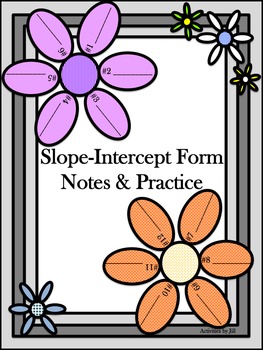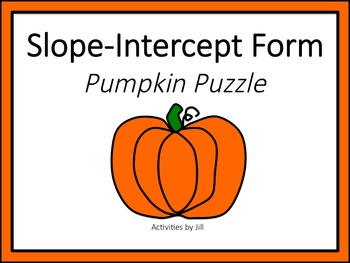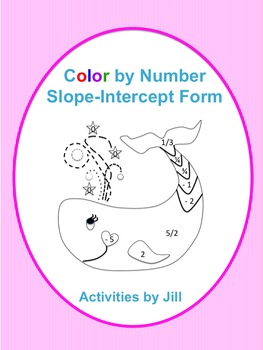Sometimes the little things you say or do as a teacher that can be most helpful to students. Make connections by linking what students already know to new information.
Activating prior knowledge sounds like a great idea in theory, but do you actually do it? In your college methods course, it was sure to have been emphasized as a strategy we should all be using.
I'm not one to create an elaborate introductory lesson leading into a new topic. You could do that, but how you introduce a topic may be as simple as showing students one example of a problem they may have been expected to solve a year or two earlier, then following up with an example of what the expectation for the current year looks like.
Example #1
If I'm teaching algebraic proportions to my algebra class, I may show them a typical proportion similar to the one below. Then I would go on to say that the second example is also a proportion. Therefore, you would solve it the same way, by finding the cross products because cross products in any proportion are always equal.
It can be that simple.
It is tempting to jump right into the new lesson, but just one quick example can turn the light of understanding on for students.
Example #2Suppose you are introducing the topic of writing consecutive integer equations. Rather than immediately telling students how to represent each number, begin with the basics.
Ask, "What are consecutive integers?"
If there is no response, follow up with, "What does it mean to be at school on consecutive days?"
Someone should be able to answer that question and you can use that response to lead into the idea of consecutive integers.
Also, you might ask what is meant by consecutive evens and consecutive odds.
Below, see a sample script of follow up questions to guide students to a better understanding of the problem set up.
You've activated prior knowledge through this simple discussion.
Example #3
When teaching students to solve inequalities, have them solve an equation such as the one shown below.
Next, change the equal sign to an inequality symbol.
Tell students to pretend the greater than or equal to symbol is an equal sign. As long as they don't flip the inequality over as shown below,
the steps involved in solving the inequality will be just like solving an equation until the last step.
Stress that the only new rule they are learning is to reverse the inequality symbol in the last step if they multiply or divide both sides by a negative.
Students worry about the multiple steps often involved in math problems. This can cause some of them to shut down right away when beginning a lesson. Building self-confidence in mathematics is so important!
Linking the topic to a skill or concept that students already understand can build confidence and more readily translate to success.
By clearly establishing at the outset of a lesson, that most of the material is review and only a small part of it is new, you can motivate them to keep working and learning.
Creating a positive atmosphere in your classroom in which students feel encouraged and are developing self-confidence can make a huge difference in their attitudes about the subject in general. It starts with making connections to prior knowledge.





















